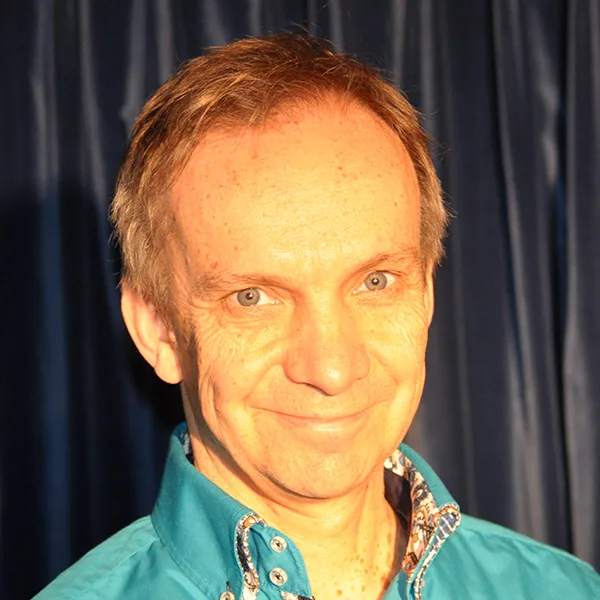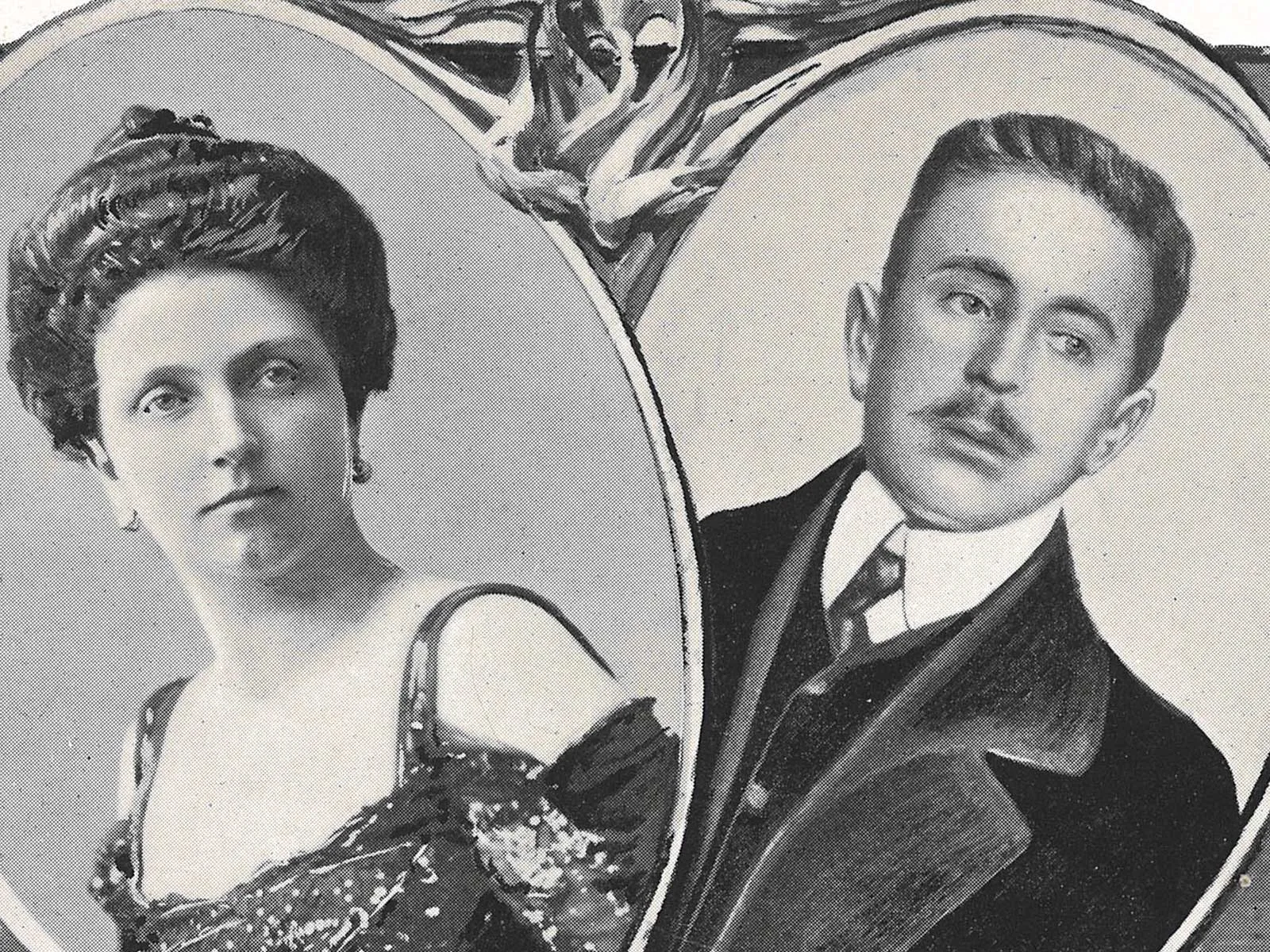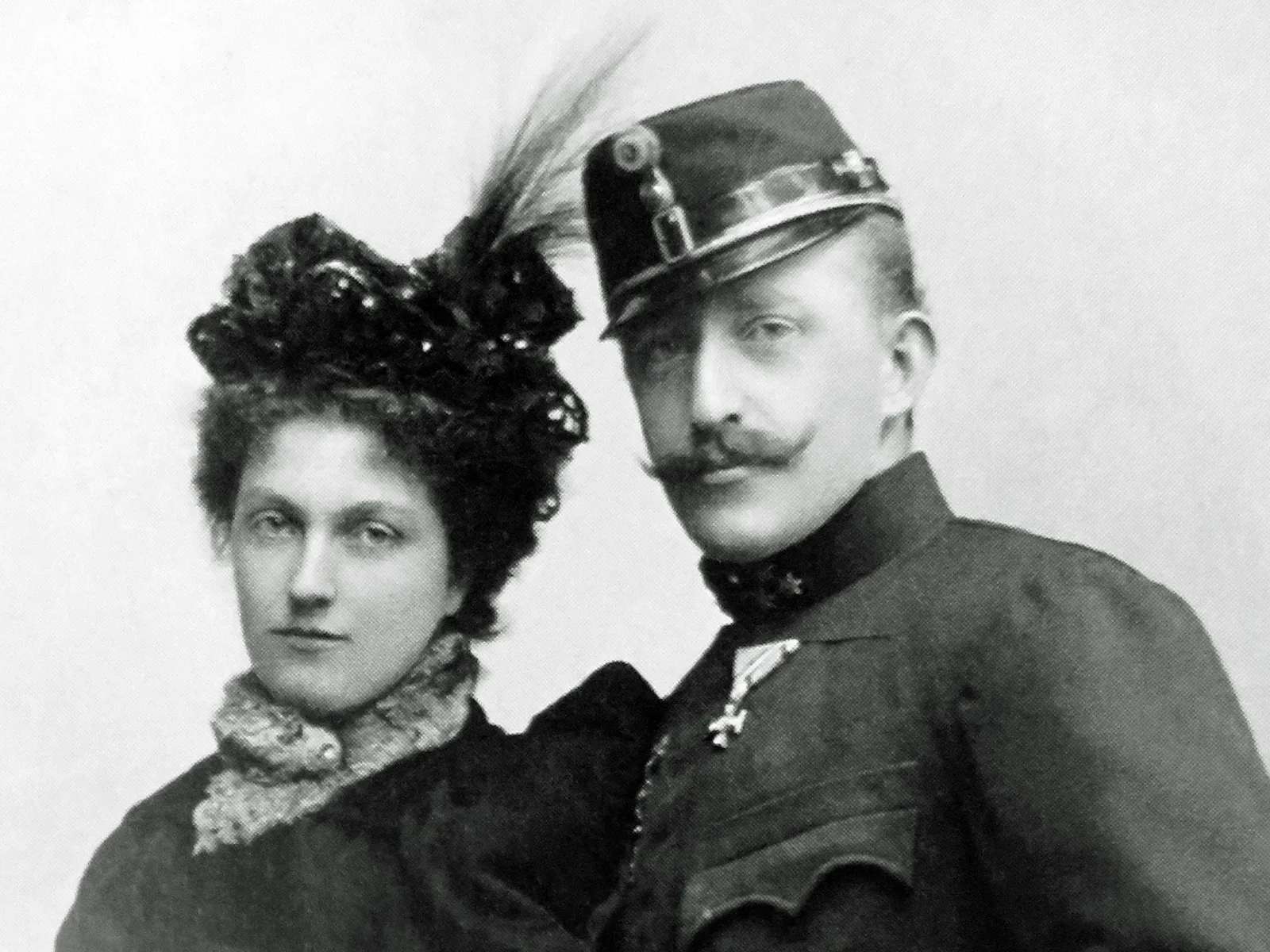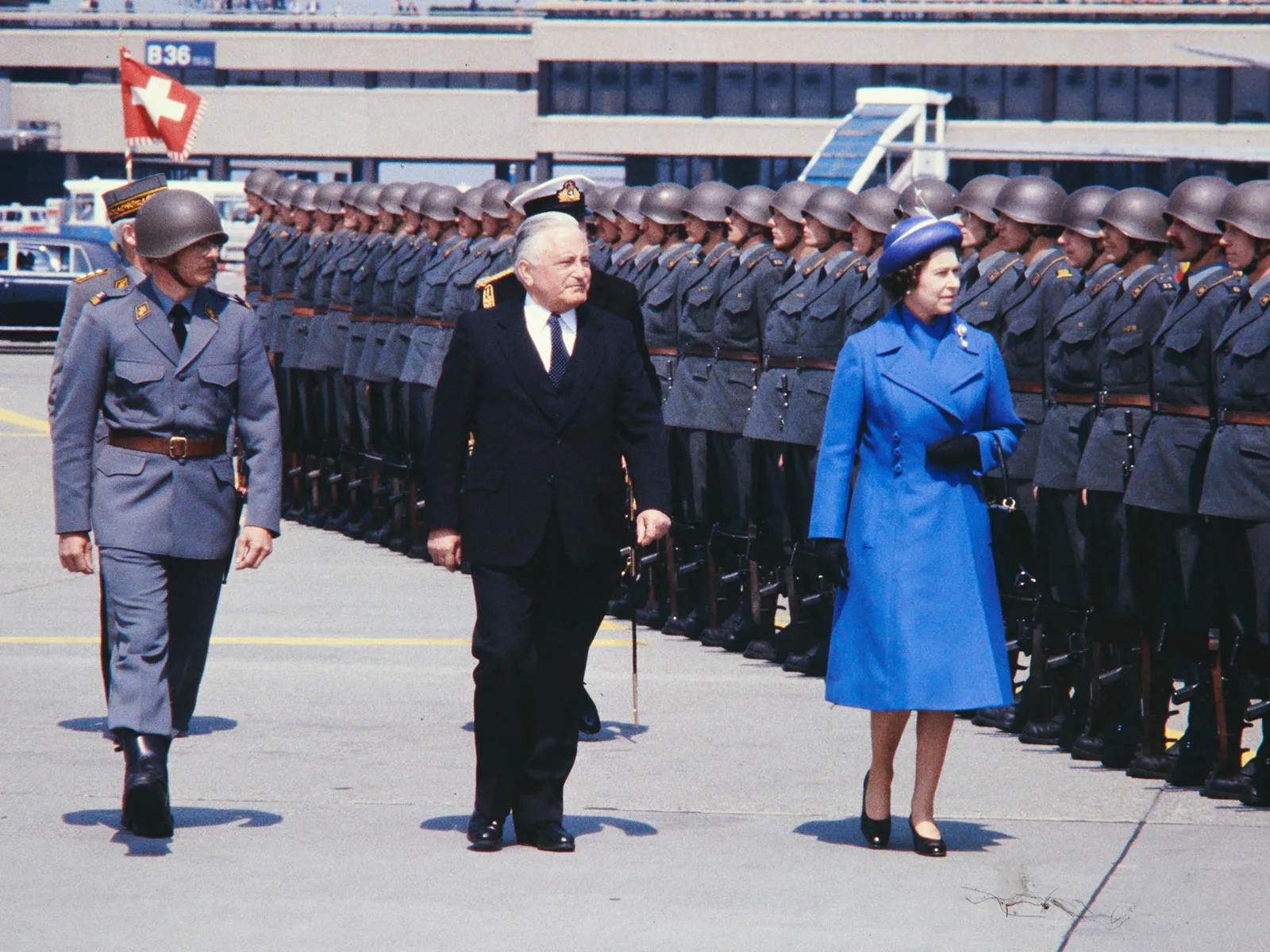
Switzerland and the House of Windsor
Queen Elizabeth II was at the head of the British Royal Family for 70 years. The House of Windsor maintains a close relationship with Switzerland – not politically, but on a more private level. Here we take a look behind at the scenes at the connection between the Swiss and the Royals.

Queen Victoria paints Switzerland

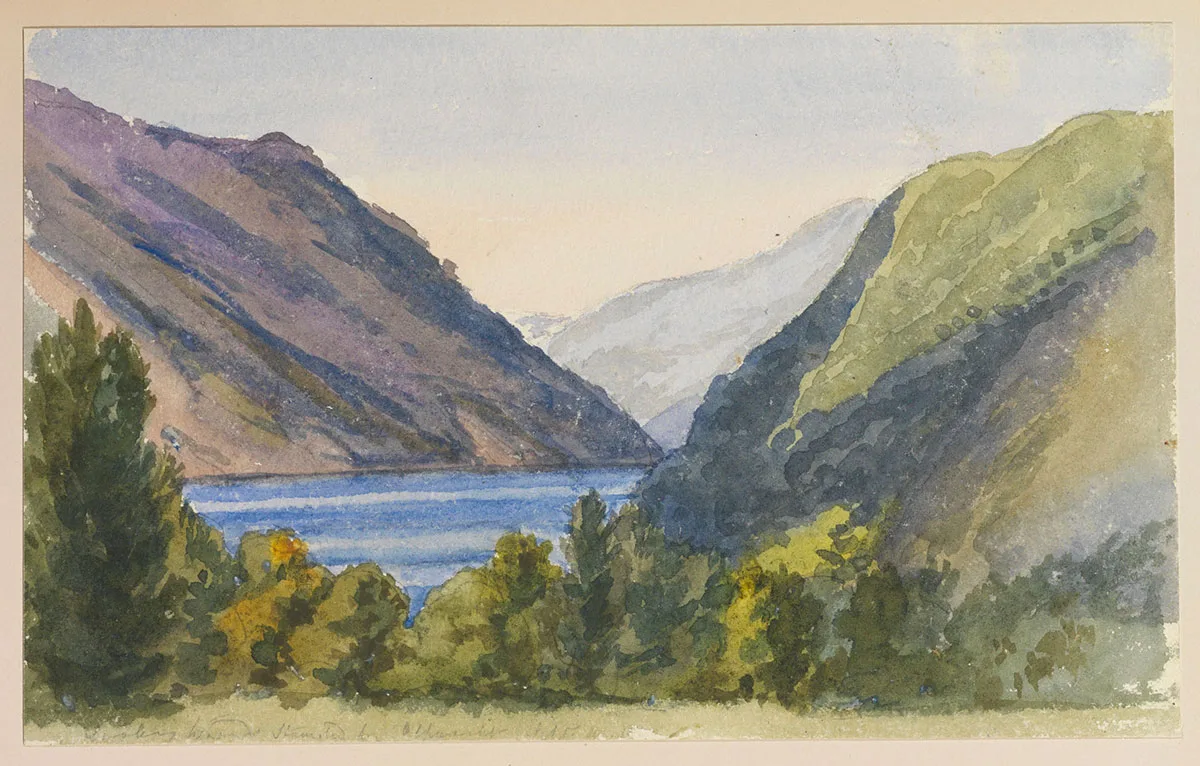
Charles and Andrew go skiing
On the way to the ski slopes a little detour was scheduled every now and then, such as here at the Toni dairy in Zurich in 1979. SRF
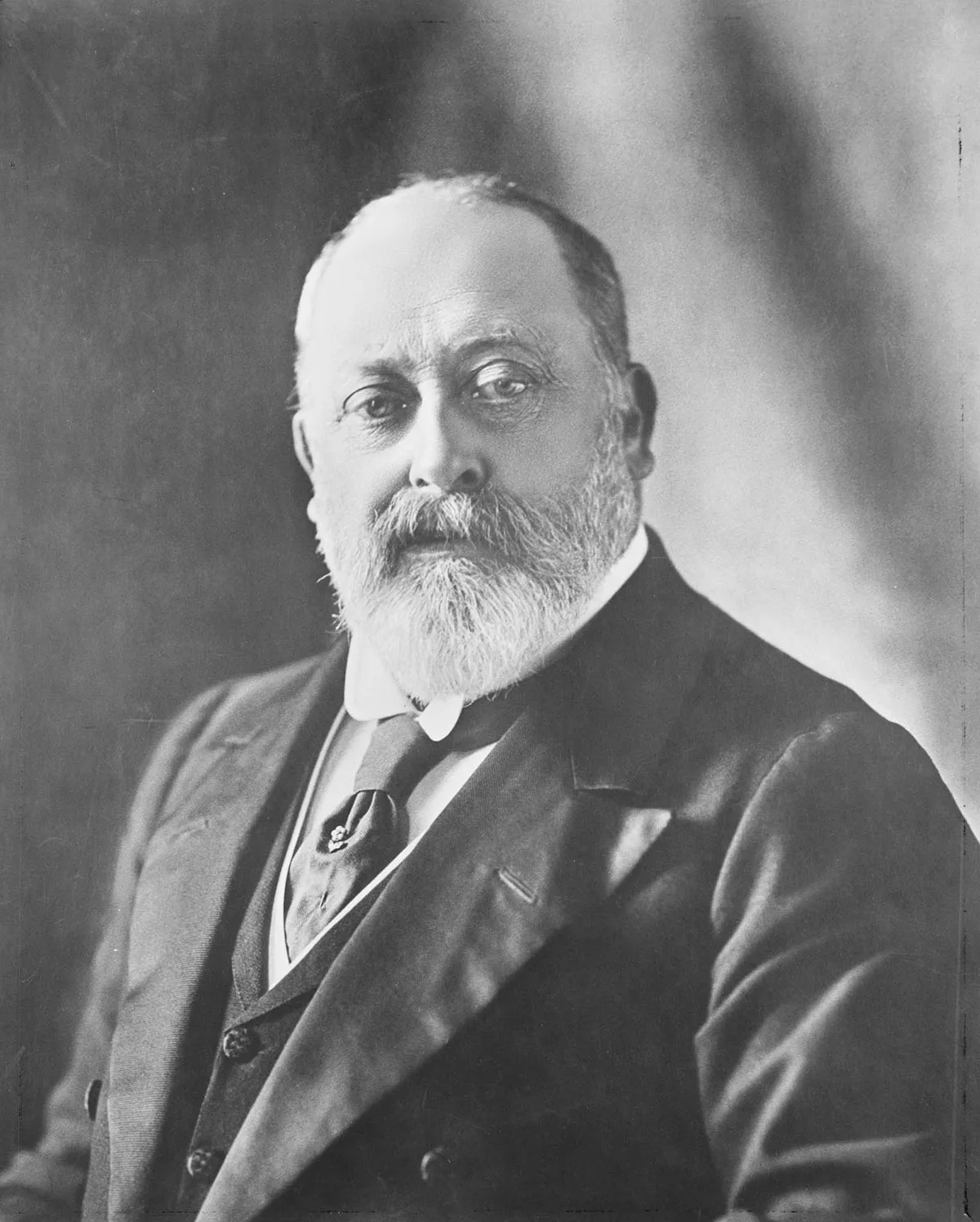

Philip is stopped by Securitas

The wedding of Kate and William, full length. YouTube
